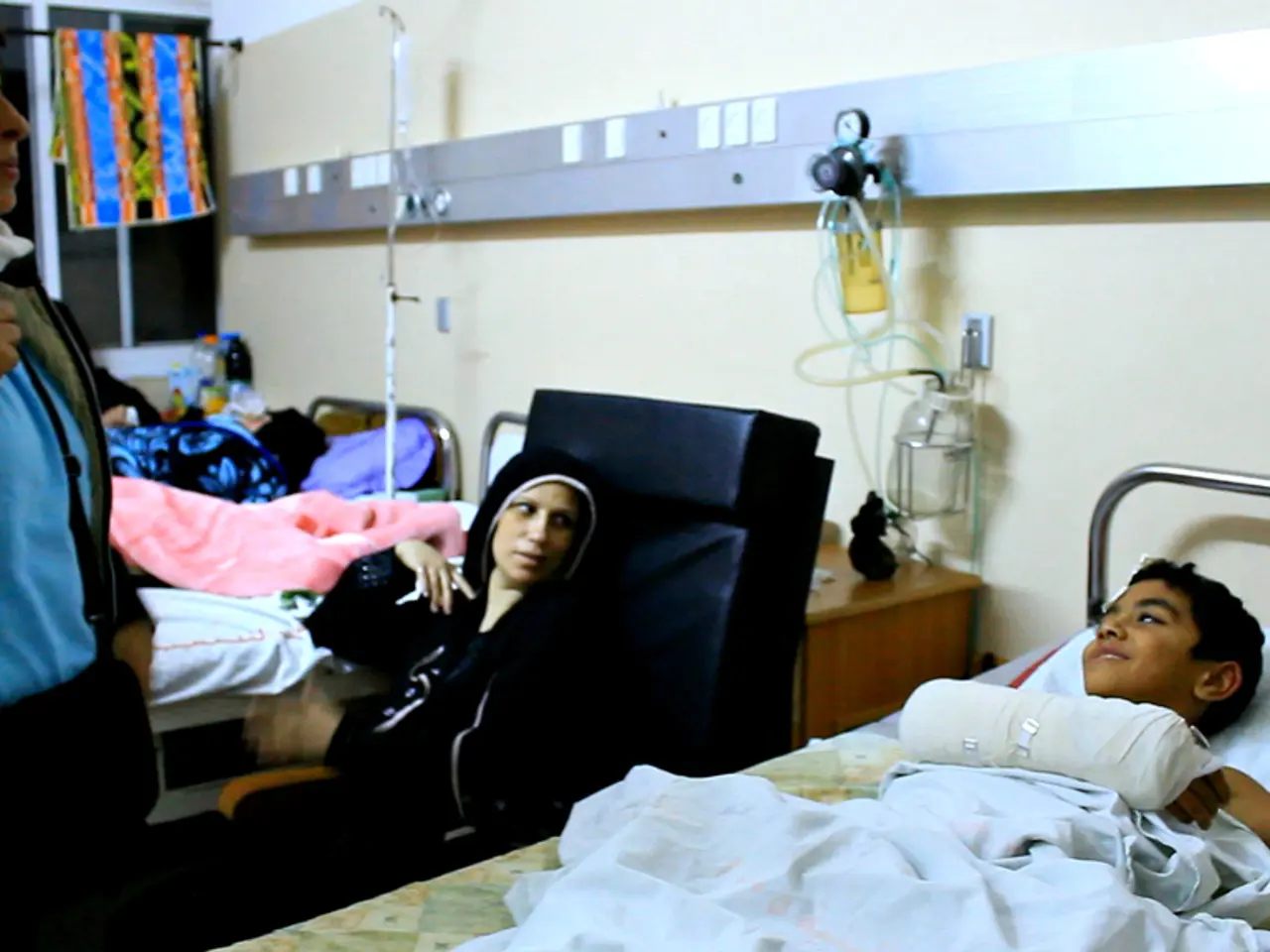Customized vascular models tailored for optimal catheter choice: Two aneurysm embolization case studies
A female patient in her 40s presented with a 5 × 5 mm saccular aneurysm at the origin of the dorsal pancreatic artery, branching from the SMA. To facilitate a successful and minimally invasive procedure, a patient-specific vascular model was created to simulate the procedure and test various catheter options.
The vascular models were created using MeshMixer and PreForm software, and printed using a Form 3L 3D printer with flexible, transparent materials. These models accurately reproduced the complex vascular anatomy, enabling clinicians to visualize and simulate the exact anatomical vascular geometry of the patient's aneurysm.
The Leonis Mova catheter (2.4/2.6-Fr, 125 cm) was used to reach the dorsal pancreatic artery aneurysm. Using the simulation, it was determined that a 4.5-Fr guiding sheath and a 4-Fr Roesch hepatic catheter would provide sufficient backup support for accurate coil placement.
Preoperative simulations using this model have been reported to improve the embolization material selection and device access, including identifying the most suitable catheter and guidewire. The detachable coils used were Target XL Detachable Coils, manufactured by Stryker Corporation. Coil embolization was performed with these coils, and the procedure was completed successfully with no complications.
The same catheters were used during the actual procedure via the right femoral approach. The use of three-dimensional (3D), printed, patient-specific vascular hollow models in complex aneurysm coil embolization procedures offers distinct benefits and limitations.
Benefits
- Enhanced Preoperative Planning and Simulation: These models allow clinicians to visualize and simulate the exact anatomical vascular geometry of a patient's aneurysm, enabling more precise procedural planning and rehearsal to choose optimal coil placement strategies.
- Improved Procedural Accuracy and Safety: By replicating the complex vascular anatomy, the models help in understanding aneurysm morphology and vessel tortuosity, reducing risk of complications like coil migration or incomplete occlusion.
- Training and Education: They serve as valuable tools for training surgical and interventional teams on patient-specific anatomy and procedural steps without risk to the patient.
- Customization with Emerging Technologies: When combined with advanced imaging and robotic or augmented reality platforms, patient-specific models can further improve individualized care with intraoperative guidance (though these enhancements are still evolving).
Limitations
- Material and Mechanical Property Differences: The printed models typically do not exactly replicate the biomechanical properties of real vascular tissue (e.g., elasticity, compliance), which can limit simulation realism and the prediction of device behavior inside vessels.
- Complexity and Cost: Producing precise patient-specific models requires high-quality imaging, sophisticated segmentation, 3D printing technology, and time, increasing costs and preparation time.
- Limited Dynamic Representation: Most current models are static and do not capture physiological blood flow dynamics or vessel wall response during coil deployment.
- Lack of Hemodynamic Feedback: Simulated environments using these models lack full hemodynamic and biological interaction, which can be critical for understanding aneurysm rupture risk or thrombosis potential after coil placement.
The scientific literature emphasizes that tailored surgical planning, including use of patient-specific vascular models, improves precision and outcomes in aneurysm treatment (e.g., microsurgical clipping and endovascular procedures) by providing detailed anatomical insights[1]. While in-vitro evaluations using anatomically realistic phantoms demonstrate promising validation of catheter recordings and device function simulation[2][3], these models currently cannot fully replicate in vivo conditions.
In summary, 3D printed, patient-specific vascular hollow models are valuable for preoperative planning, procedural rehearsal, and team training in complex aneurysm coil embolization but are limited by material property differences, cost, static representations, and missing physiological dynamics. Advances in materials science and integration with augmented reality and robotics may address some of these limitations in the future[1][4].
- In the field of interventional radiology, science and medical-conditions converge to improve health-and-wellness outcomes through advancements like the use of patient-specific vascular models in complex aneurysm coil embolization.
- These models, based on personalized vascular anatomy, aid in guiding fitness-and-exercise routines tailored to overcoming specific medical-conditions, enhancing overall health-and-wellness.
- Cardiovascular-health benefits extend beyond their preoperative use in interventional procedures, as these models afford valuable insights into aneurysm geometry, contributing to both scientific research and the development of new medical technologies.




